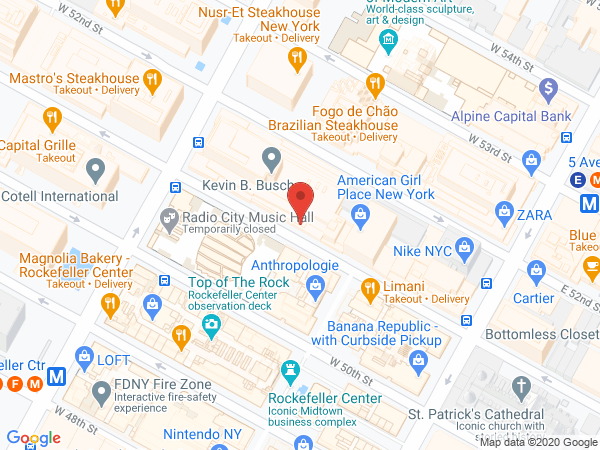Arthrography
Make an Appointment
Request an appointment with a musculoskeletal radiologist by phone or online. View our locations.
Arthrography is an imaging technique that is used to look at joints when standard X-rays do not show enough detail to accurately diagnose the problem. Arthrography combines standard imaging techniques—such as magnetic resonance imaging (MRI) and computed tomography (CT)—with contrast dye which is injected right into the joint. The contrast dye highlights the area and improves the overall image.
Doctors most often use arthrography to diagnose issues with the hip and shoulder joints. Arthrography may also be used to examine any other joints, including the ankle, knee, or elbow.
You might be referred for an arthrogram to diagnose:
- Unexplained joint pain, swelling, discomfort, or loss of motion
- Degeneration, tears, or disease in the joint capsule, ligaments, and cartilage
- Abnormal growths or cysts
Arthrography is also used to check prosthetic joints.
How do I prepare for the test?
On the day of the test you should wear comfortable, loose clothing. You may be asked to change into a gown when you arrive for your appointment.
Please let us know about allergies you may have to contrast agents. Please bring a list of your current medications with you to the appointment.
What will happen during the exam?
When you arrive at our office, we will escort you to the exam room and ask you to sit or lie down while we clean the joint area with an antiseptic. We will then inject a numbing medicine into the area where the contrast material will be injected. Contrast dye will then be injected precisely into the joint space. The radiologist may use ultrasound to help guide the needle. You may feel pressure when the contrast dye is injected.
In some cases, anti-inflammatory medications, such as steroids, are injected into the joint along with the contrast dye.
Once the contrast dye has moved through the joint, your radiologist will look at your joint in various positions and may ask you to move your joint to evaluate joint motion. The injection part of the procedure will take about 15 minutes, while the subsequent CT or MRI will take between 30 and 45 minutes.
Are there any risks?
CT exams use radiation. If the exam is medically necessary the radiation risk is quite small compared to the benefit of an accurate diagnosis. Some people may have an allergic reaction to the contrast agent, or dye. Please let your doctor know if you are pregnant.
Our musculoskeletal radiologists use ultrasound imaging instead of flouroscopy for nearly all arthrograms. Ultrasound uses high-frequency sound waves without radiation to view inside the body and is considered safe.
After the test
After the exam you will be asked to rest your joint for several hours and avoid strenuous activity for one or two days. You may notice some swelling, which can be managed with ice and pain relievers.
